Verify the electronic control module (ECM) calibration is correct. Check the calibration revision history found on QuickServe™ Online for applicable fixes to the calibration stored in the ECM. If necessary, calibrate the ECM.
The most common cause of this fault code is low boost pressure. Low boost pressure can be caused by several factors; leaking charge air cooler, damaged charge air cooler piping or hose, loose charge air cooler clamps, damaged intake manifold pressure sensor, damaged variable geometry turbocharger, damaged turbocharger control valve, or damaged turbocharger control shutoff valve.
This fault code can also be caused by a turbocharger fuel control derate which can be viewed in INSITE™ electronic service tool under the Engine Operating State. Turbocharger fuel control derates can be caused by several factors: high exhaust temperatures, high turbocharger compressor inlet temperatures, and high turbocharger compressor outlet temperatures.
Exhaust gas recirculation (EGR) system leaks can also cause this fault code. Inspect the EGR bellows and EGR connections for signs of leaks.
Note: This fault code will most likely not be active with no load in the shop. The engine must be loaded to trip this fault code and to determine if the malfunction has been found and fixed. Running units on the dynamometer can sometimes cause this fault code to log due to the stationary nature and high temperatures.
Possible repairs:
1)Repair the leaking sealing surface(s).
2)Repair or replace the leaking component.
3)Tighten any loose clamps.
4)Replace the turbocharger.
5)Repair any leaks in the EGR system.
6)If necessary, calibrate the ECM.


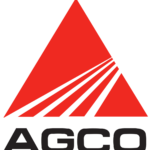 AGCO
AGCO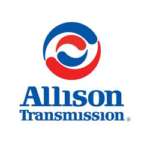 ALLISON
ALLISON BENDIX
BENDIX BOBCAT
BOBCAT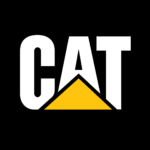 CAT
CAT CLAAS
CLAAS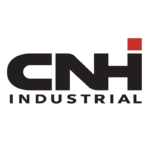 CNH
CNH DAF
DAF DETROIT
DETROIT EATON
EATON FREIGHTLINER
FREIGHTLINER HINO
HINO HITACHI
HITACHI ISUZU
ISUZU JCB
JCB JOHN DEERE
JOHN DEERE JPRO
JPRO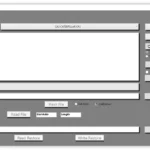 MAGIC TUNER
MAGIC TUNER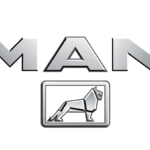 MAN
MAN Navistar
Navistar PACCAR
PACCAR PERKINS
PERKINS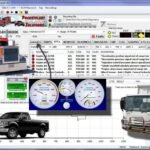 PF DIAGNOSE
PF DIAGNOSE PSI POWERLINK
PSI POWERLINK RENAULT
RENAULT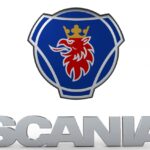 SCANIA
SCANIA THERMO KING
THERMO KING UD NISSAN
UD NISSAN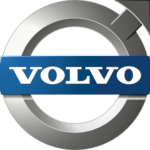 VOLVO
VOLVO WABCO
WABCO ZF TESTMAN
ZF TESTMAN
 BELL
BELL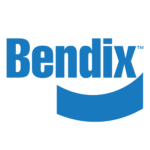 BENDIX
BENDIX BOBCAT
BOBCAT CARRIE
CARRIE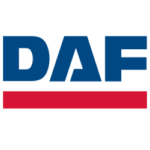 DAF
DAF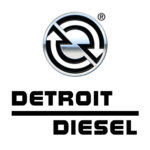 DETROIT
DETROIT EATON
EATON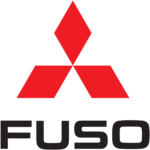 FUSO
FUSO MACK
MACK
 Cumminz
Cumminz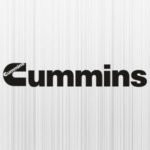 ISB4.5 CM2150
ISB4.5 CM2150 All Engines (2017 Emissions)
All Engines (2017 Emissions) PACCAR
PACCAR
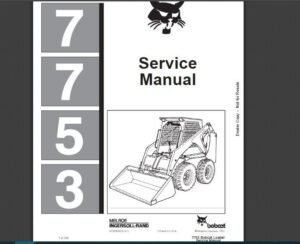
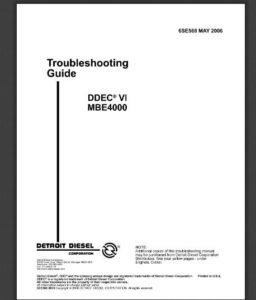
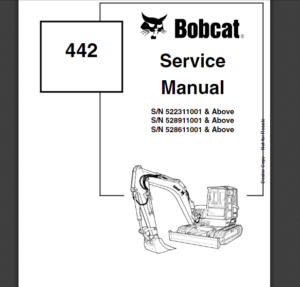
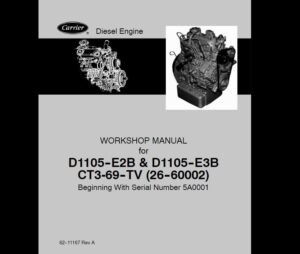
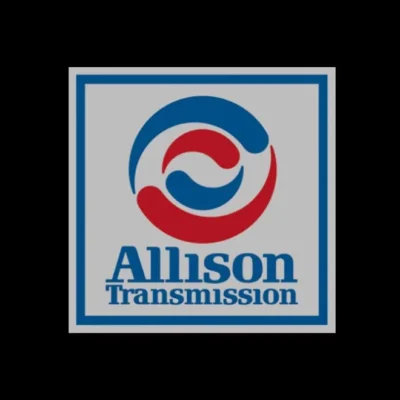
![DOOSAN EDIA AS FULL SUPERVISOR 2.4.0.7 [2023.06] is a comprehensive diagnostic software specifically designed for Doosan machinery. This version, released in June 2023, enhances monitoring and troubleshooting capabilities for heavy equipment. The software features an intuitive user interface and supports continuous updates. It is also compatible with various Doosan models and offers remote installation assistance via TeamViewer, maximizing efficiency in equipment management.](https://ecmtrucks.com/wp-content/uploads/2024/08/55-400x400.png)
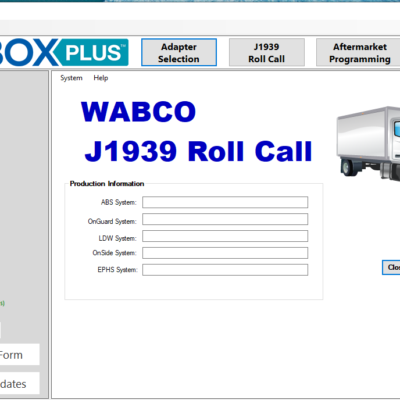
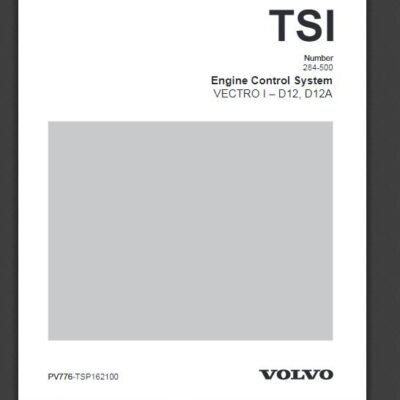

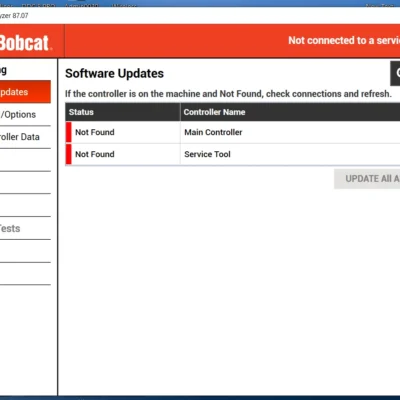
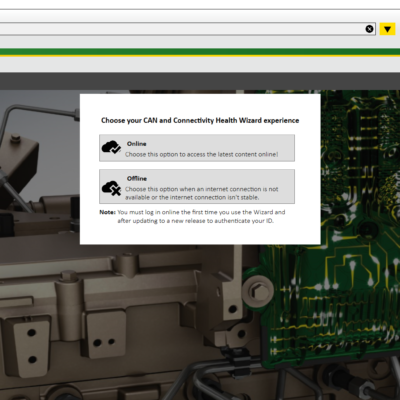
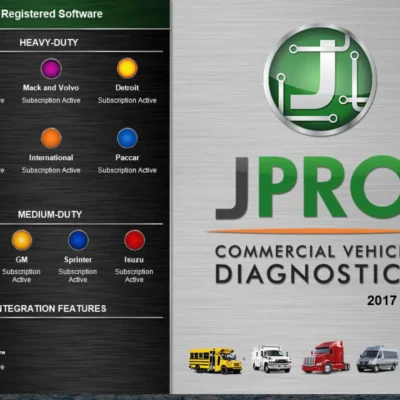
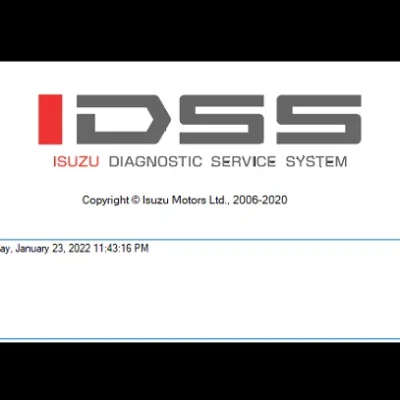
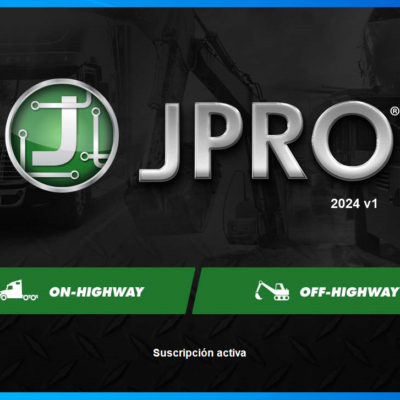
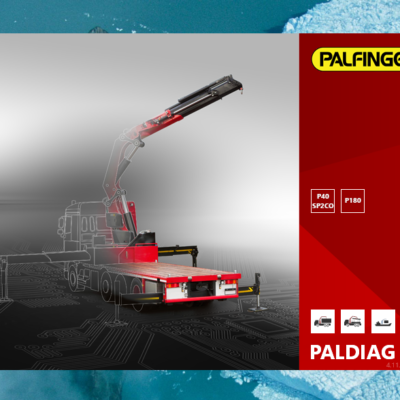
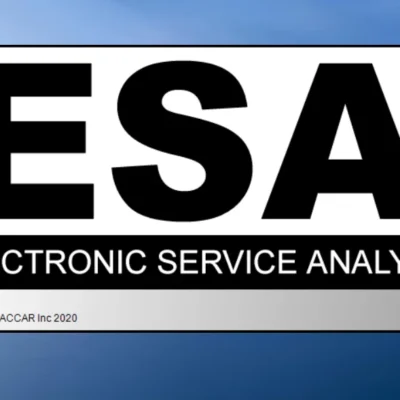
Reviews
Clear filtersThere are no reviews yet.